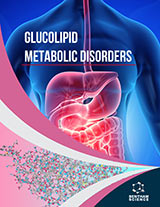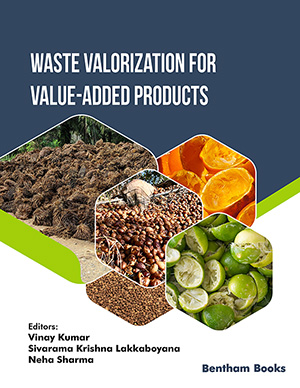
Abstract
Background: The ring-opening polymerization (ROP) reaction has provided an efficient and convenient route to prepare polyesters of high molecular weight, low polydispersity index, and high optical purity. The poly( ε-caprolactone) (PCL) and poly(lactide) (PLA) were prepared through ROP reaction of ε-caprolactone and D, L-lactide, respectively. These compounds have a huge industrial demand and become an interest among the scientific community to develop more economically and eco-friendly catalysts for ROP reactions.
Methods: Three Schiff base ligands, 2-((benzo[d]thiazole-2-ylimino)methyl)phenol, L1; 2-(1-benzo[d]thiazole-2-ylimino)ethyl)phenol, L2; and 2- ((benzo[d]thiazole-2-ylimino)methyl)-5-methoxyphenol, L3; were prepared by the reaction of 2-aminobenzothiazole with 2-hydroxybenzaldehyde, 2-hydroxyacetophenone and 2-hydroxy-4-methoxybenzaldehyde in 1:1 molar ratio. In anticipation of interesting stereochemistry, reactivity, and catalytic potential against ε-caprolactone polymerization, three Titanium(IV) complexes (1 – 3) of these Schiff base ligands were synthesized. All the prepared compounds were characterized by elemental analysis, molar conductance, FT-IR, UV-Vis, 1H-NMR, 13C{1H}-NMR and FAB-Mass spectroscopic technique. Geometry was optimized with the help of DFT.
Results: Complex 3 gives a much higher yield (87.7%) in comparison to 1 and 2. The order of catalytic efficiency for complexes is 3>1>2. With the increase in temperature, the % yield was found to decrease, and results are in support of moderate to good potency of synthesized catalysts.
Conclusion: Complexes were screened for catalytic potency against ε-Caprolactone polymerization reaction. A most plausible mechanism for the polymerization was also proposed.
Keywords: ε-caprolactone, Catalytic activity, Polymerization, Schiff base, Titanium (VI), ROP.
 6
6



























